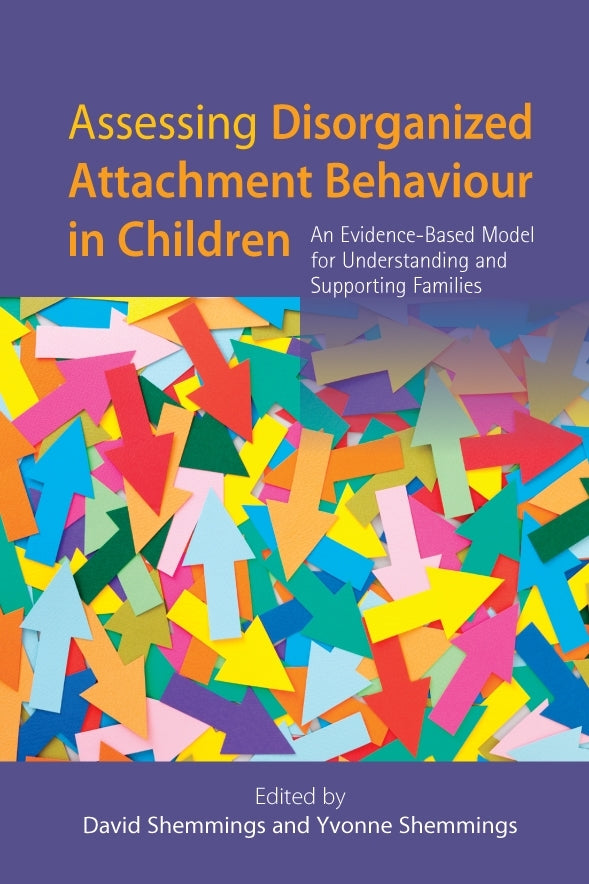
Press Reviews
Dame Lorna Boreland-Kelly, FRSA, DBE, Strategic Advisor for Practice and Management Development, Medway Council, Kent
Yvonne and David's commitment to ensuring those who work to safeguard children are given the right tools to do the very difficult job they do shines through the pages of this book. Every professional working in child protection settings should read it.
Joanna Nicolas, Child Protection Consultant and Trainer
This book should be mandatory reading for all those working in child protection. It is much more than a book about attachment – what David and Yvonne Shemmings offer is a really practical way of working with children and their families. The case examples are excellent and bring the book to life.
Isabelle Trowler, Chief Social Worker for Children and Families
Attachment theory provides a conceptual framework for understanding the iterative relationship patterns between child and care giver. Within a context of very rigorous training and the highest quality supervision, this book sets out how that framework can become a vital tool in helping to identify behavioural indicators of child abuse and neglect. I have huge respect for David and Yvonne and having known them both for some years now, I am always struck by their relentless commitment to getting things right for vulnerable children. This is only reinforced by their refreshing willingness here to, so openly, raise important questions of validity and effectiveness when undertaking assessments in high risk families. The application of any theory to practice must not be done lightly and conclusions drawn will have lifelong implications for children and their families. Assessing for disorganised attachment behaviours is no exception. It is because of their questioning and thoughtful approach to the complexities of child protection that I am confident to make this recommended reading for all those working in this highly charged arena. Not only does it offer an explanation of why disorganised attachment behaviours are so important to recognise, and how the ADAM project helps to do this, it also offers a wide range of practitioner case study accounts of how it works in practice. A fascinating read.
Dey Wilcock, independent social worker
Seen and HeardThis book is written primarily for professionals working with families where there are child protection concern...Many social work practitioners will already be familiar with the work of David and Yvonne Shemmings, who developed the Assessment of Disorganised Attachment and Maltreatment (ADAM) Project and the subsequent training programmes from 2009 onward... The editors highlight the importance of professional supervision during the work... I think that this publication will appeal both to newly qualified and experienced social work professionals. It provides some valuable insight into the progress of the potential child protection risks. It is refreshing to read a publication which highlights and values the casework relationship between family members and practitioner.
